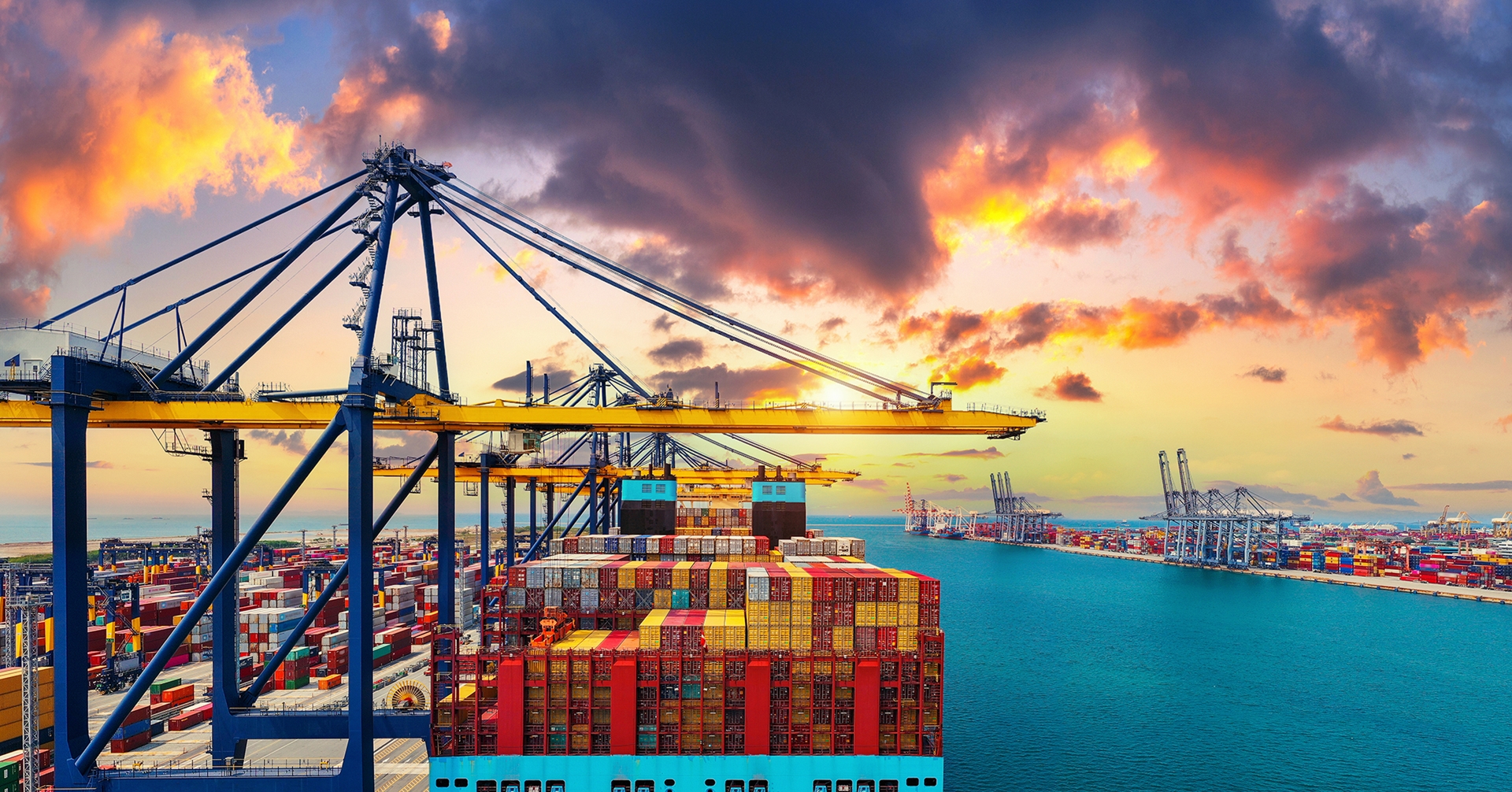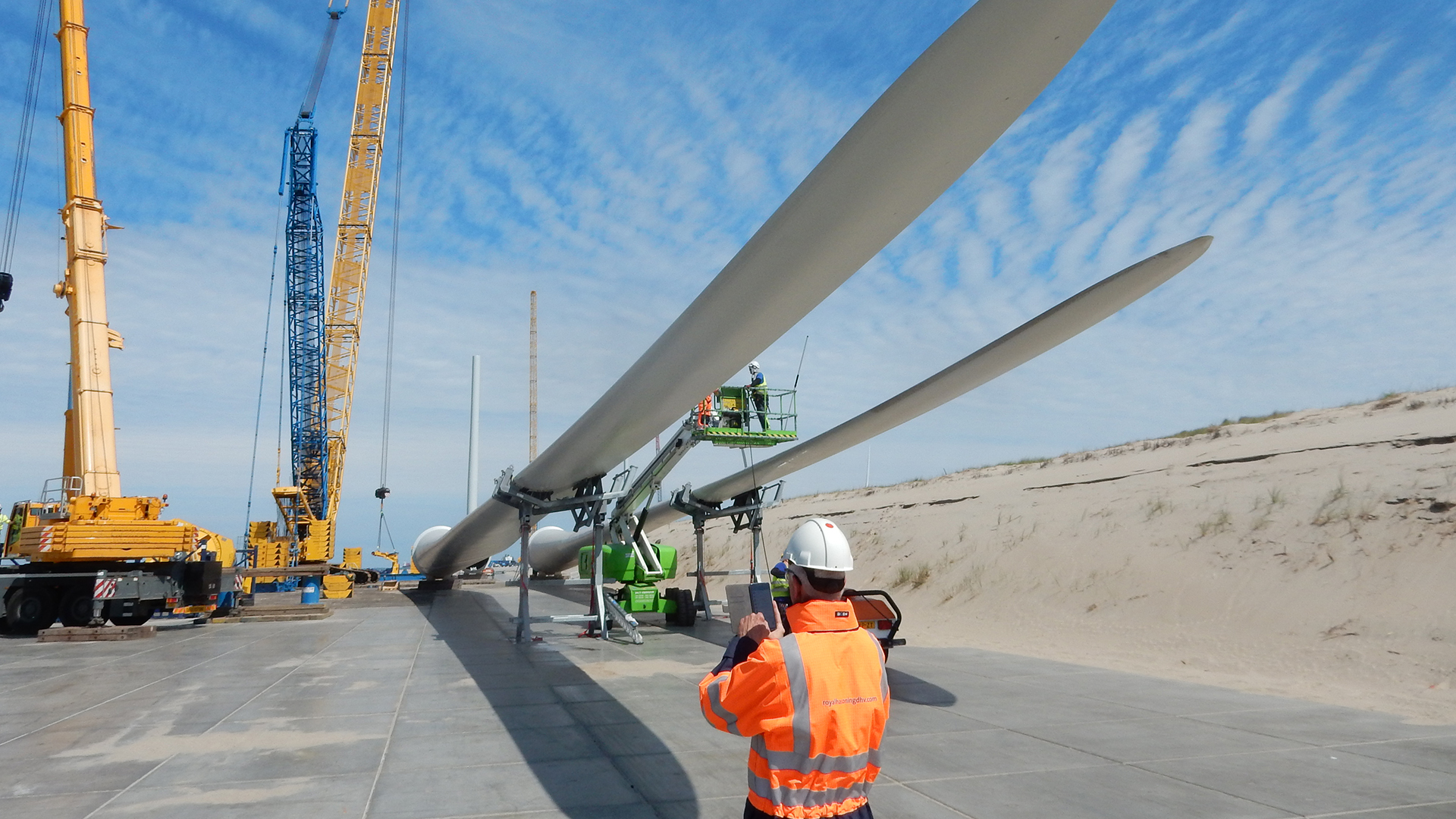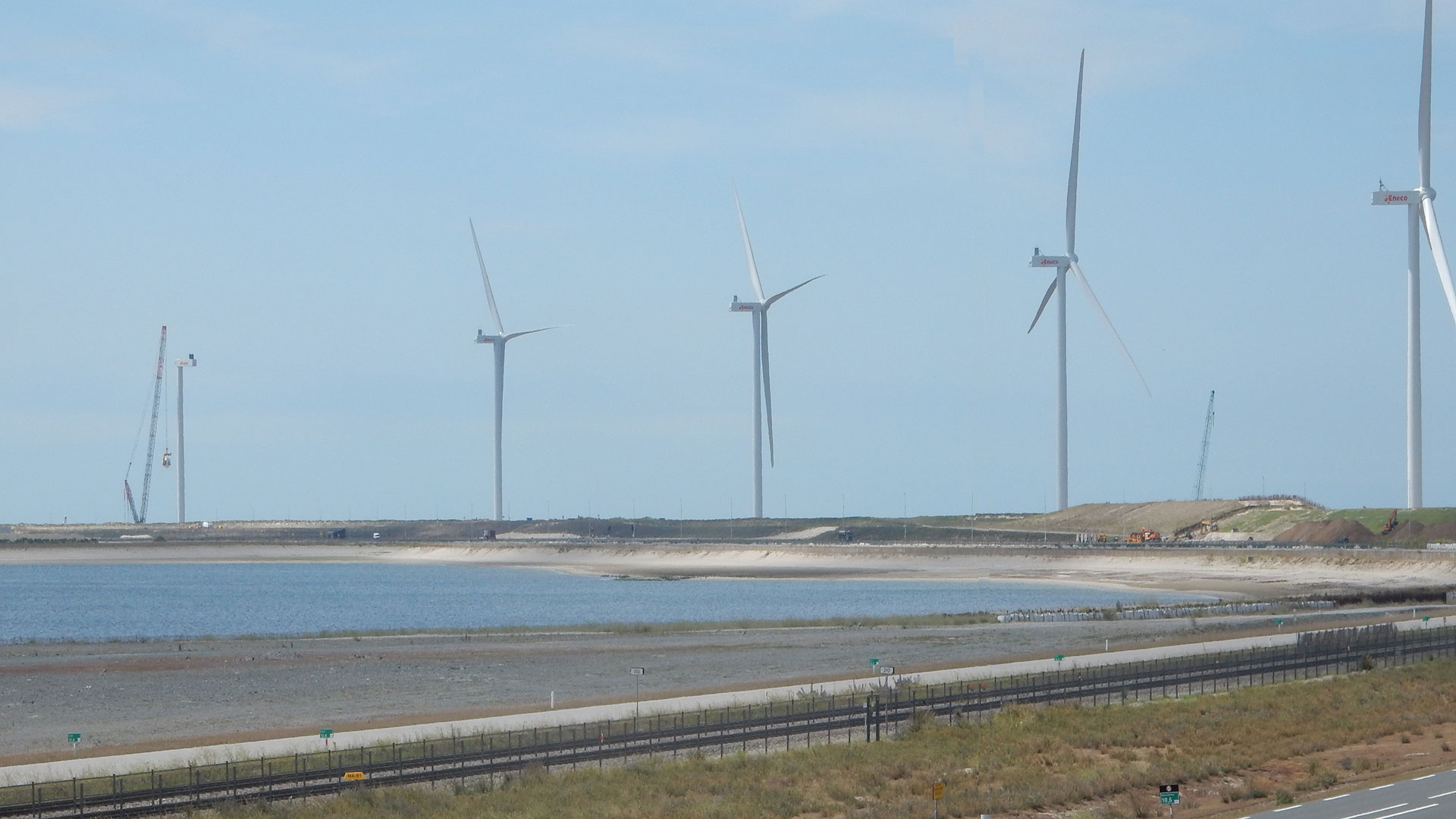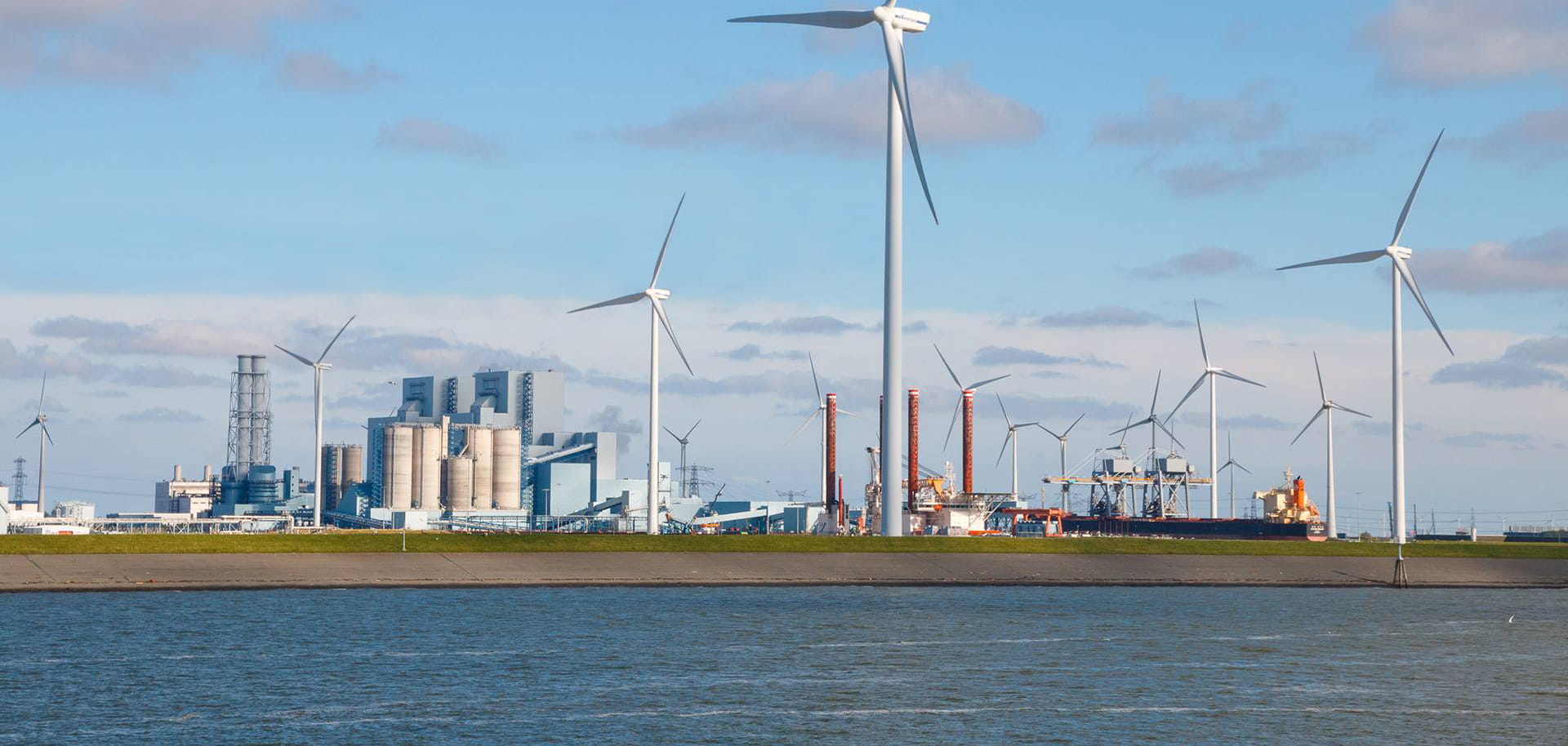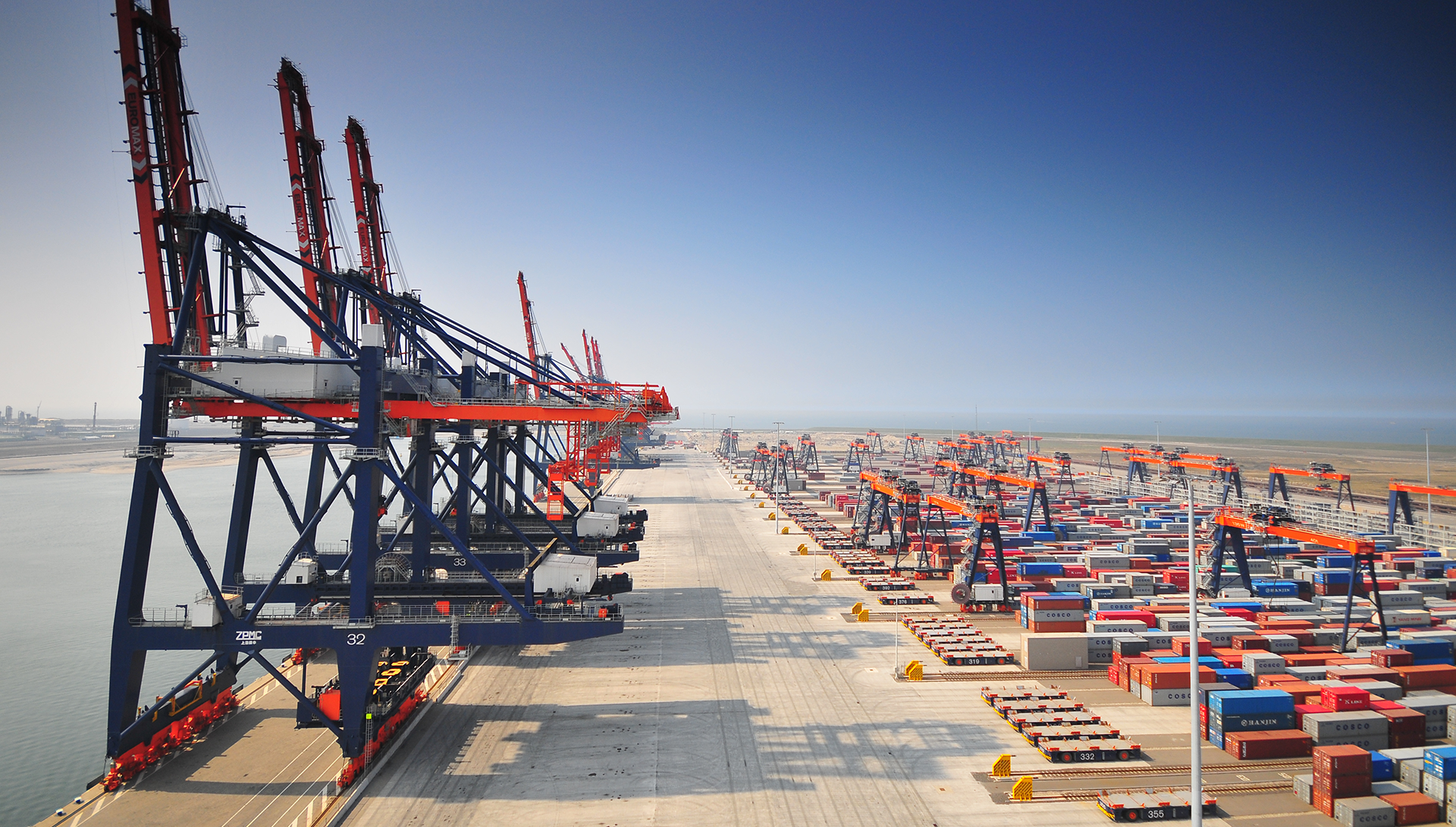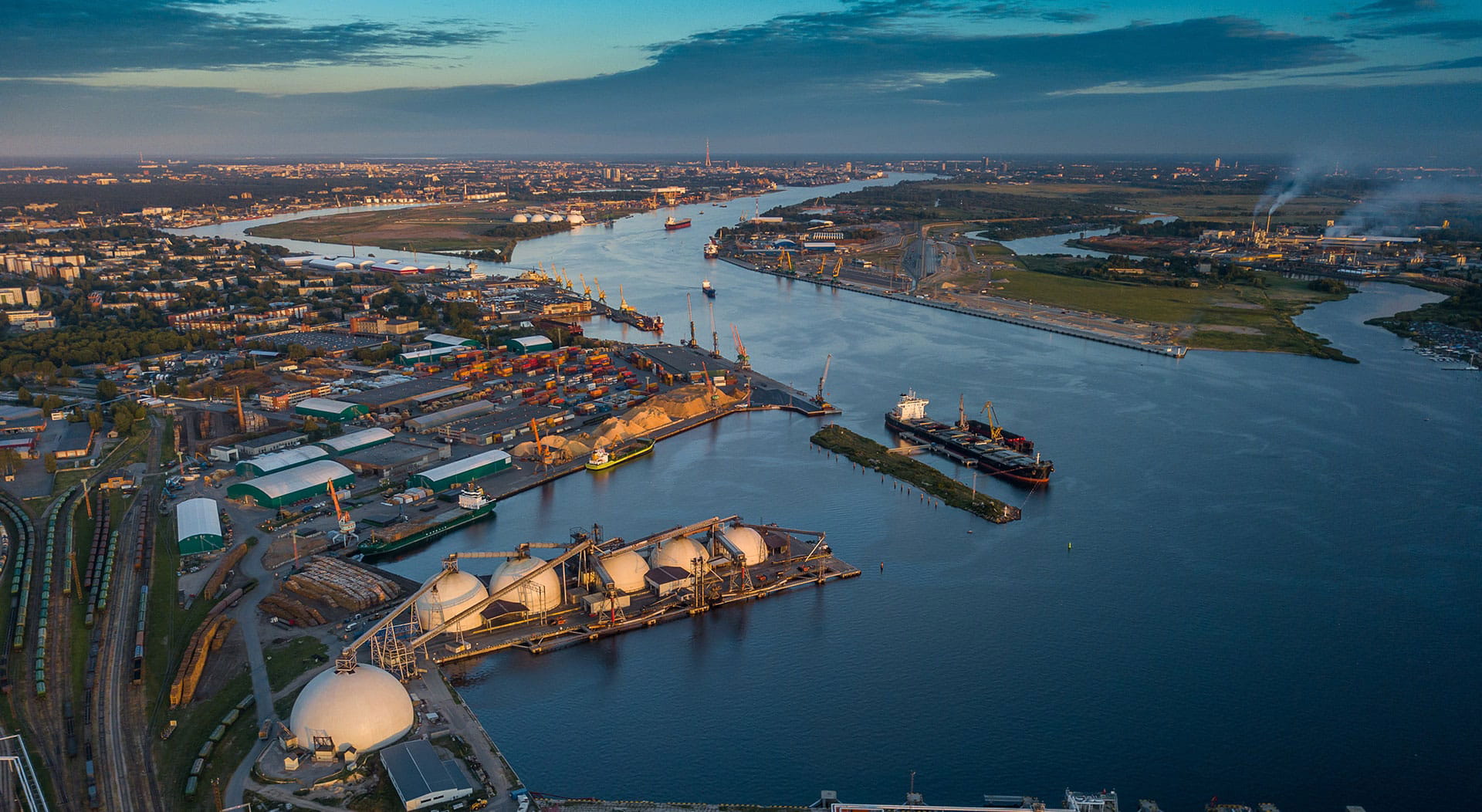Trends for sustainable ports and shipping
Here’s how you can increase your port’s sustainability and reduce operational costs
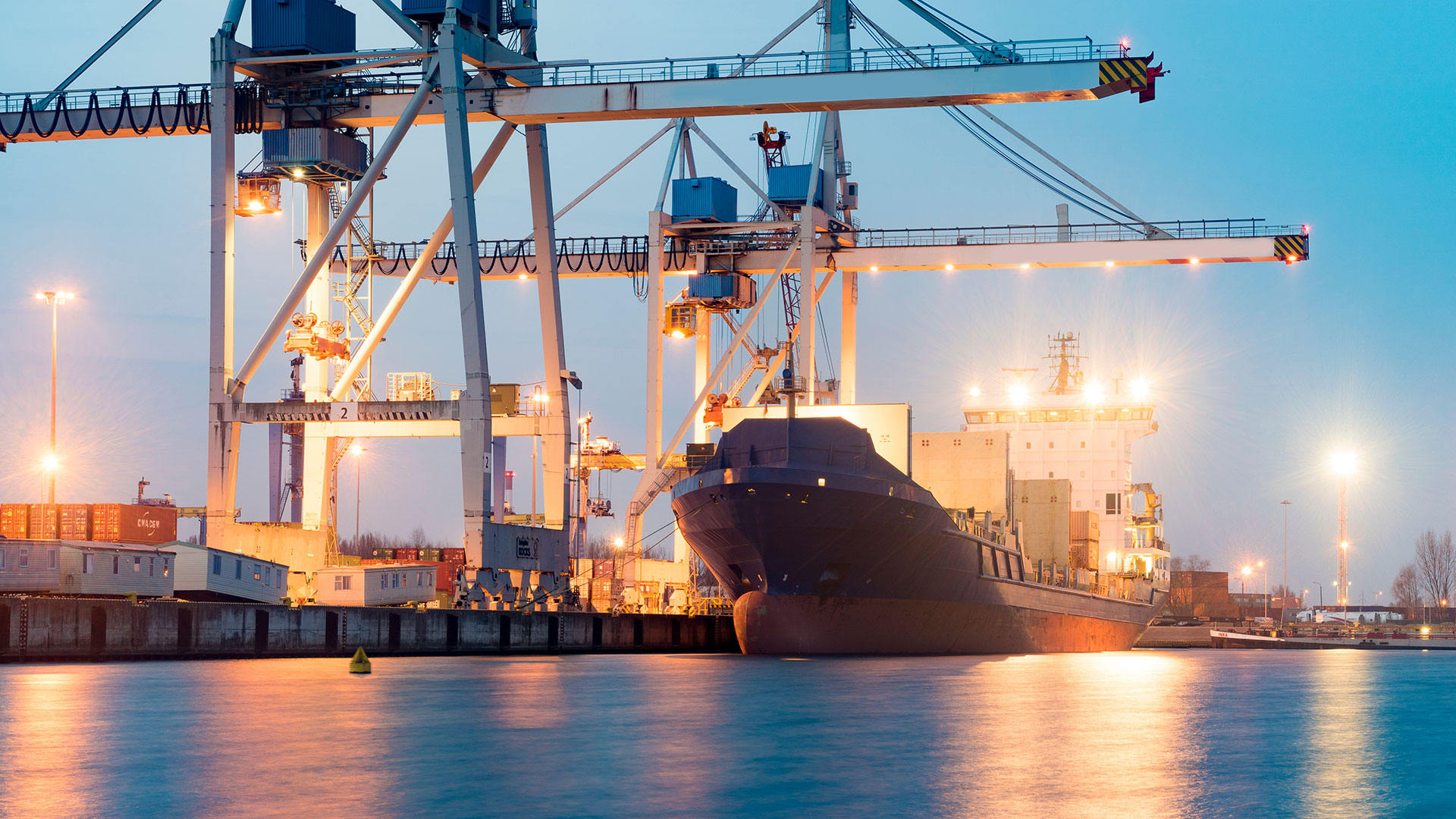
Read on to discover..
Trends in container shipping, and how they affect port operations
Ways ports can increase sustainability, reduce costs, and stay compliant
Authors: Mark Wootton - Leading Professional Smart Ports & Jolke Helbing - Leading Professional Container Terminals
Conventional energy prices are rising. Legislation around carbon emissions is tightening. And we need to do all we can to slow climate change and protect our planet.
This year’s World Maritime Day focused on increasing sustainability in the sector. So, we’re taking a deep dive into some of the growing trends in shipping and ports – and investigating ways we can increase port sustainability to protect the environment and reduce costs.
Conventional energy prices are rising. Legislation around carbon emissions is tightening. And we need to do all we can to slow climate change and protect our planet.
This year’s World Maritime Day focused on increasing sustainability in the sector. So, we’re taking a deep dive into some of the growing trends in shipping and ports – and investigating ways we can increase port sustainability to protect the environment and reduce costs.
The effect of vessel developments
Trends in shipping are showing an increasing use of renewable energy to power vessels instead of traditional on-board diesel generators and fossil fuels.Some ships with shorter distance routes – like ferries – are now using battery-electric propulsion, and ports need to adapt to accommodate them. Adding shore power capacity will become increasingly vital to deliver enough charge to power these ships for their onward journeys.
For ships on longer voyages, when batteries aren’t a viable option, there are other ways to decrease fossil fuel use. Clean fuels like methanol can be used as an alternative to diesel. This, however, will also require additional logistics at ports to provide ships with these alternative fuels.
Market trends of container trade
Since the 2008 financial crisis and a drop in the European container trade-to-GDP ratio, growth in European seaborne container trade has reduced considerably. There’s also been a shift from west to east, with three times more trade between Europe and Asia than between Europe and North America in 2020.And this trend is expected to continue, with container trade between Europe and Africa, the Middle East and India, and the Far East growing much faster than trade between Europe and North America. As a whole, European container trade is expected to grow by 2.8% by 2040.
Nearshoring is also on the rise, and accelerating growth in intra-regional trade. This could lead to a reduction in the average number of sea miles shipping units travel on European trade lanes.
So, what does this mean for ports and maritime infrastructure?
The direction of the container trade market affects investment decisions from shipping lines and port authorities. An increase in trade to Africa and Asia will cause an increased demand for larger, long-distance trade journeys with larger vessels.
With more intra-regional trade expected too, European ports will need to expand their container handling capacity by 2040 to accommodate this. We’re also witnessing a renewed interest from shipping lines to invest in port facilities to secure strategic capacity. However, we’re yet to see how increasing inflation and trade uncertainties will affect this.

To reduce carbon emissions, you need to understand your current status, and integrate reduction plans into port innovations as early in the process as possible.
Improving port sustainability
Port sustainability efforts are set to grow in the coming years. This isn’t just due to rising social responsibility to protect the environment – regulations around carbon emissions are always tightening, which means now is the time to identify and implement viable alternatives.Combine this with the current instability of the energy market and the finite nature of fossil fuels and there’s an even greater issue to consider; renewable alternatives will deliver long-term cost savings and futureproof against fuel scarcity, too.
Using electrification and shore power
Electrifying port equipment will contribute greatly to cutting port emissions. For fixed equipment, electricity is already a common practice, but replacing diesel with batteries for mobile equipment is also a growing trend as these systems become more widely available.Moreover, by using renewable energy to power port equipment you can mediate the impact of rising energy prices and cut carbon emissions even further. And by introducing shore power to terminals, port authorities can pass these carbon and cost savings to ships.
By connecting ships to port terminals, and providing them with electricity, on-board generators can be switched off while continuing to supply vital on-board equipment.
Automating port equipment
Increasing port efficiency is another way to ensure that you’re using energy optimally. This will reduce the carbon emissions created by wasteful processes, improve port performance, and cut unnecessary costs. Automating port equipment will also reduce the number of manual tasks that port workers need to perform day to day. Instead, they can manage the automated processes in a safer environment and add value where human intervention is most beneficial.Understand emissions to reduce them
To reduce carbon emissions, you need to understand your current status, and integrate reduction plans into port innovations as early as possible. To be truly effective, carbon reduction should not be seen as an add on, but an integral part of port design.By integrating a carbon reduction strategy into your technical design and financial planning, you’ll be better positioned to stay ahead of evolving legislation. Government regulations around carbon emissions will only tighten in the future and the lengthy design and construction process of ports means there’s a real risk they will change mid-project.
By using carbon calculation tools in this early stage, you’ll be able to quickly assess the impact different designs will have on emissions – and highlight which reduction opportunities are the most viable.
